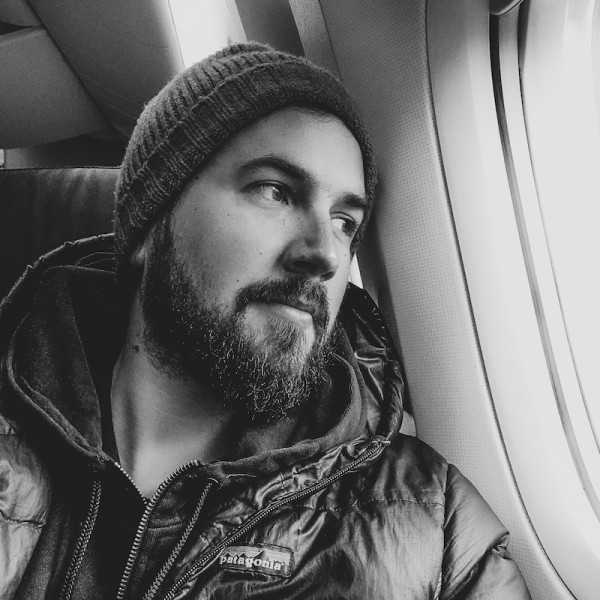A community in a state of emergency
A community in a state of emergency
Ciril Jazbec
March 8, 2016
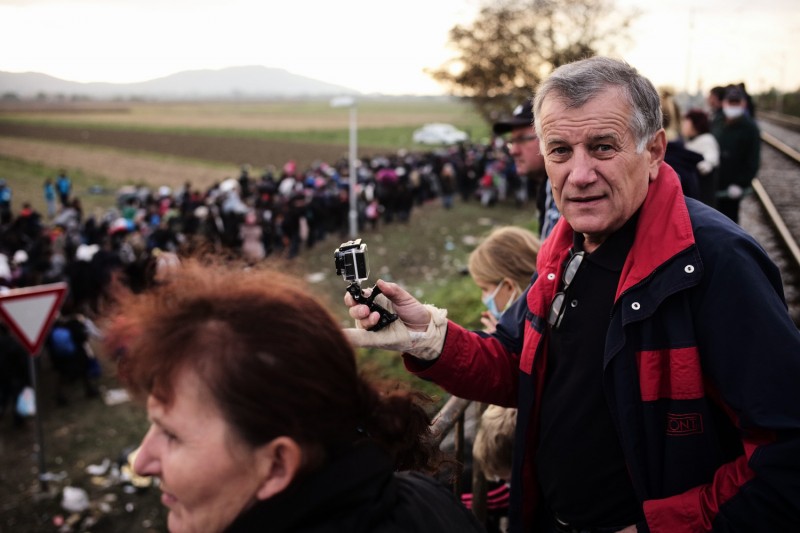
$italic:On the Border$ © Ciril Jazbec
Read the full article in LFI 2/2016.
Up until now you have mainly focussed on traditional societies that have been obliged to deal with the consequences of climate or economic change. Why have you now turned to refugees?
Last year I started to follow the tragedy unfolding in the Mediterranean, the mounting casualties of people’s desire to find a better and safer world. Last autumn, the flow of migrants changed direction and started crossing the Balkans. I myself am based in Slovenia and I became increasingly interested in the events, both as a citizen of Europe and as a documentary photographer looking to record the personal stories of the refugees. I took off to Serbia where I followed the thousands of refugees and migrants that arrived and are still arriving from various countries such as Syria, Iraq, Afghanistan, Iran, Pakistan, etc. I was very upset by what I saw, by the stories of war, the suffering of innocent children who had somehow found themselves in a very difficult situation.
What difficulties arose during the photographic work on this project?
The language barrier often made it hard to obtain the refugees’ and migrants’ statements and personal data. Sometimes we asked somebody who knew English to translate their statements. Eventually, reporter crews started arriving in numbers, resulting in the police and even the army increasingly limiting our access to the refugees and migrants. Sometimes, one had to be very persistent and explain our intentions to document the situation at length.
What chances do you see in the photographic coverage of the European migrant crisis?
I think the media with its reporters and photojournalists plays a very important role, as the migrant crisis is the critical story of our times. Europe is changing, and there’s no end in sight to the stream of migrants. I see a lot of fearfulness towards the newcomers, that stems from ignorance and the manipulation by extreme parties that claim the refugees and migrants are dangerous. The media has to act responsibly and also bring us the personal stories of individual refugees and migrants. We have to approach them and listen to their side of the story, despite this usually requiring some additional effort. We photographers have to document the refugee and migrant crisis responsibly and to think about new ways of telling the story.
What’s your next project, where does your journey go?
I’ll probably continue my story in Greece, as I’d like to know what’s going on with the migrants unable to continue their journey to Northern Europe because of quotas and closed borders. I’m also starting on a new, extensive project for National Geographic Magazine, that will take me to a number of African countries. I’m interested in Africa as a developing continent that runs counter to the stereotypes and is developing at an increasingly rapid pace.
Ciril Jazbec+-
Born in Slovenia in 1987, Jazbec first studied Management in Ljubljana, followed by Photojournalism and Documentary Photography at the London College of Communication, graduating with an MA in 2011. He won the 2013 Leica Oskar Barnack Newcomer Award for his Waiting to Move series, portraying a village in Alaska impacted by climate change. The same year, he received at award at Les Rencontres d'Arles for his photo story, On Thin Ice, with which he also won Magnum’s 30 under 30 competition in 2015. He has received numerous further award since then. His work has appeared in National Geographic, The New York Times, Geo Deutschland and Neue Zürcher Zeitung, among others. He is also a co-founder of TENT Film. More

$italic:On the Border$ © Ciril Jazbec
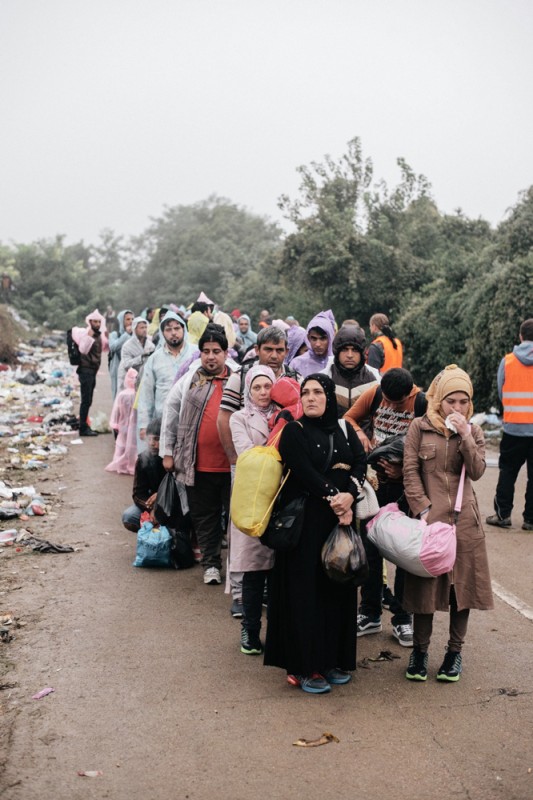
$italic:On the Border$ © Ciril Jazbec
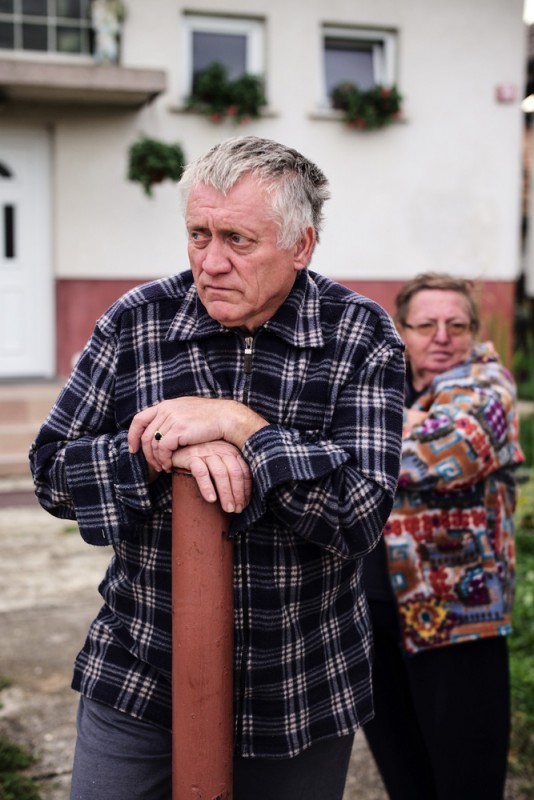
$italic:On the Border$ © Ciril Jazbec
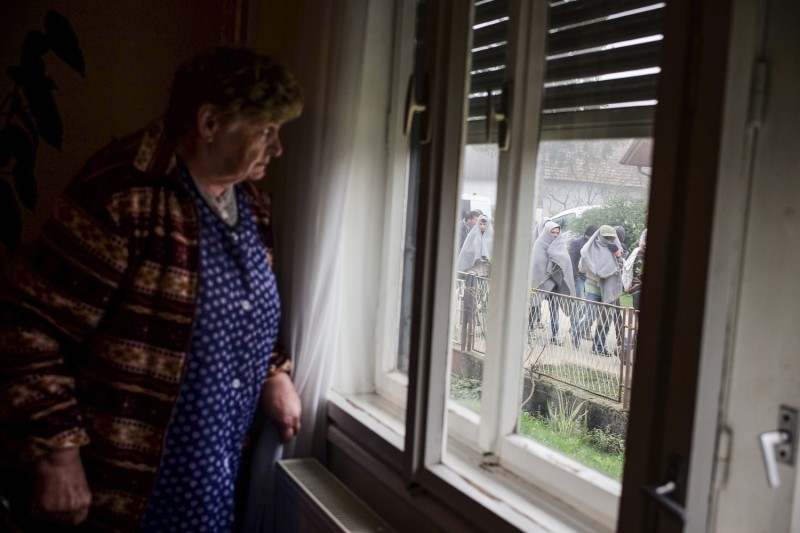
$italic:On the Border$ © Ciril Jazbec

$italic:On the Border$ © Ciril Jazbec
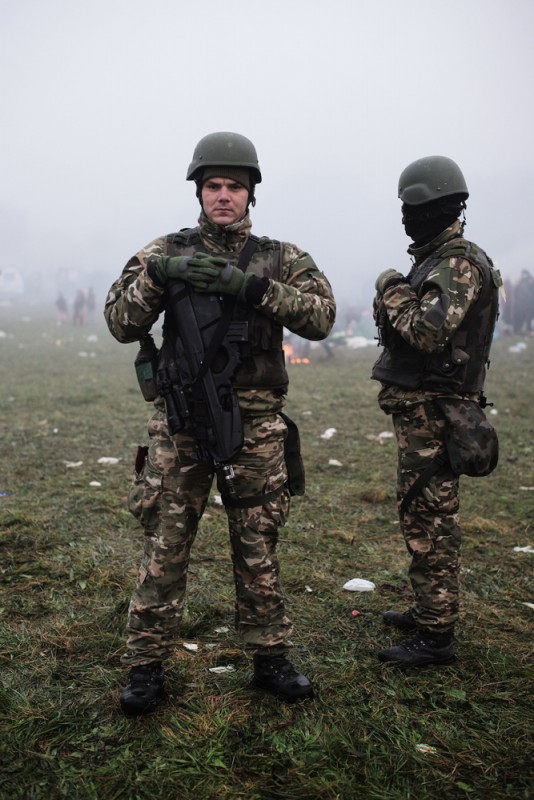
$italic:On the Border$ © Ciril Jazbec
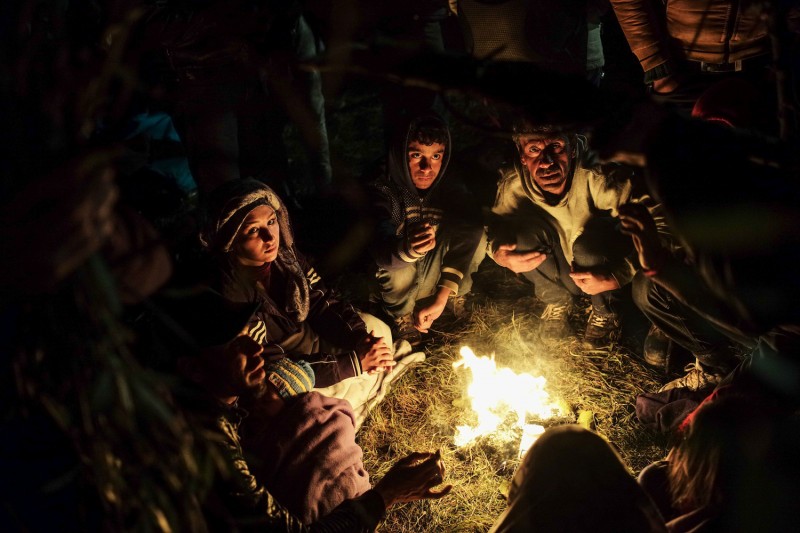
$italic:On the Border$ © Ciril Jazbec
